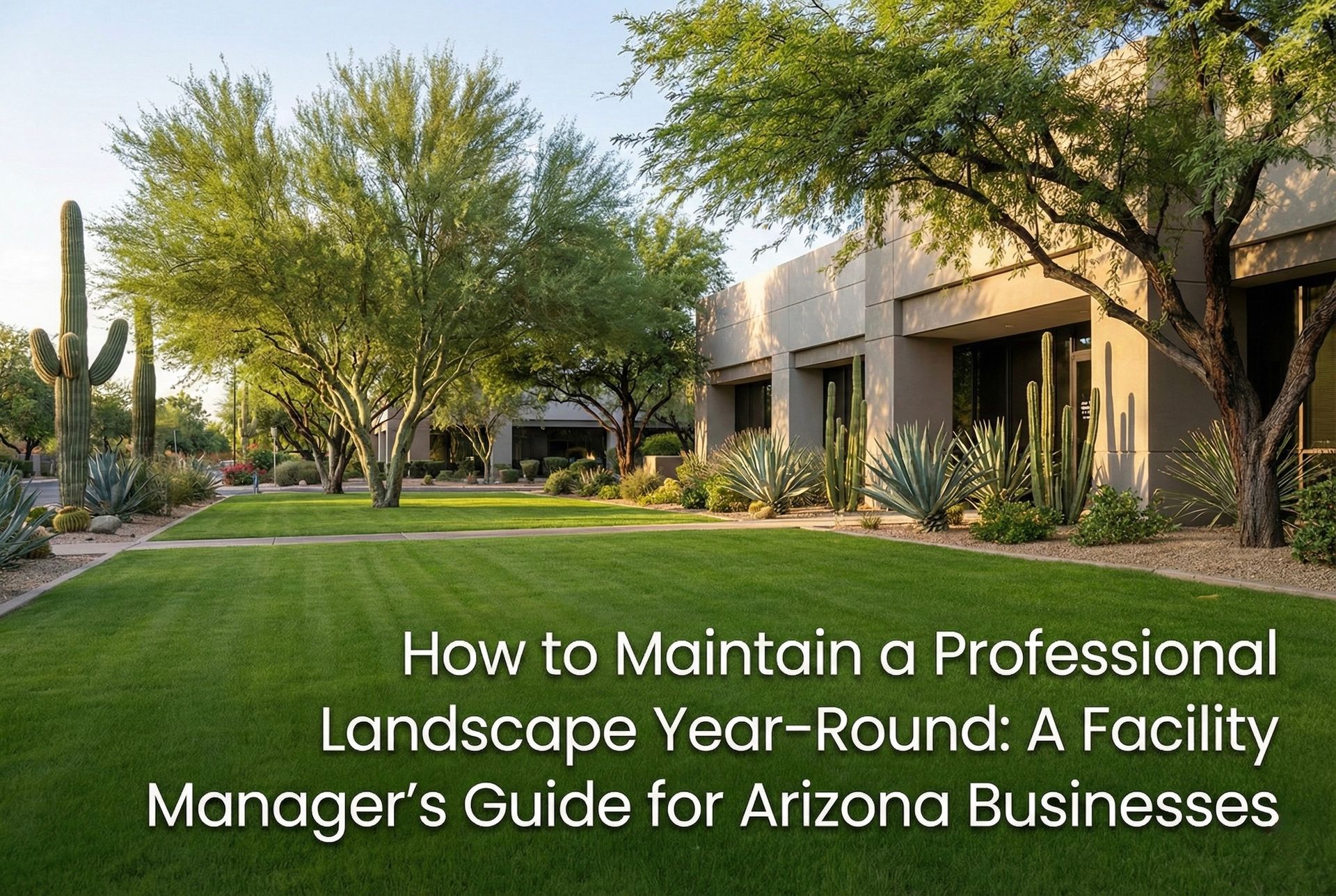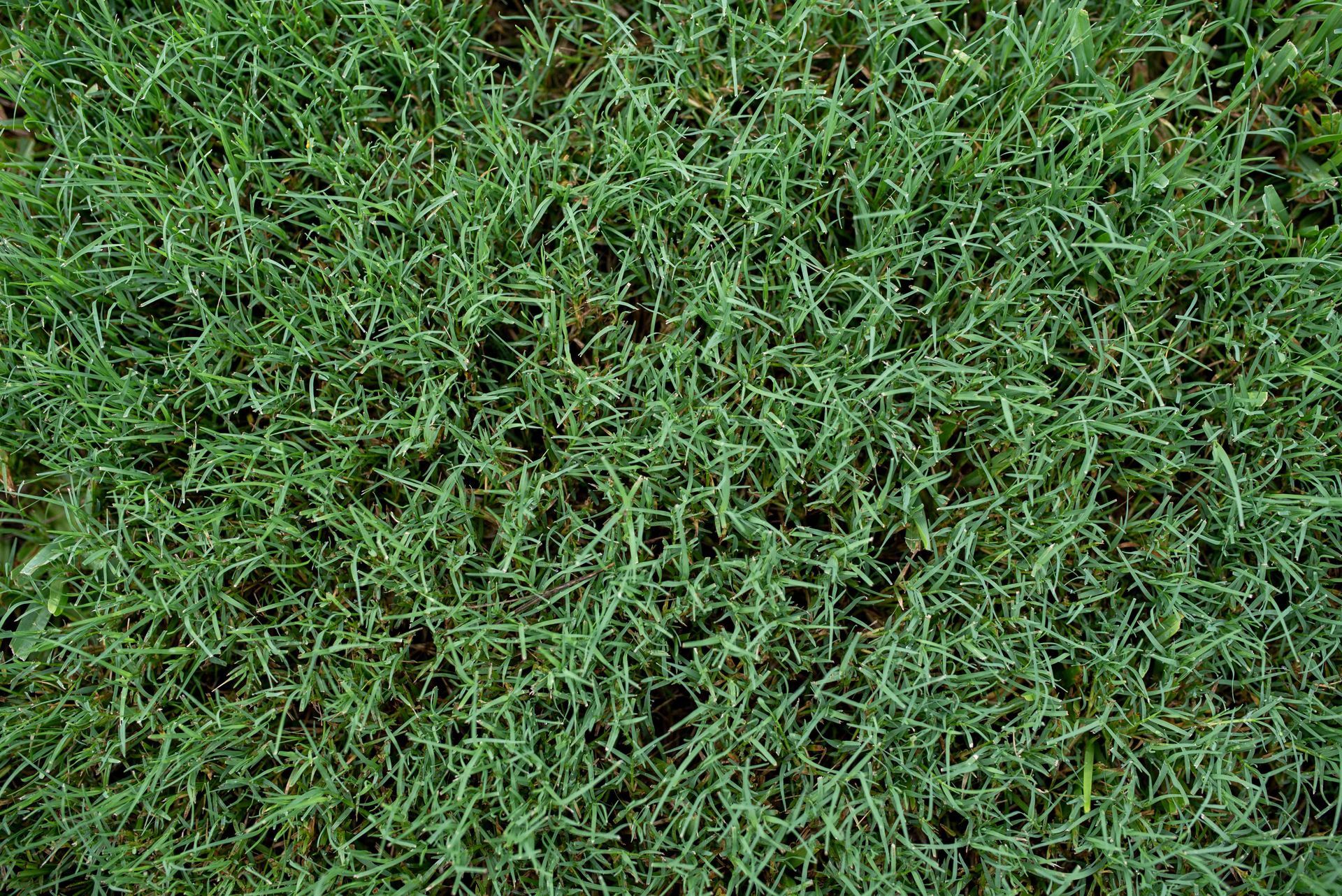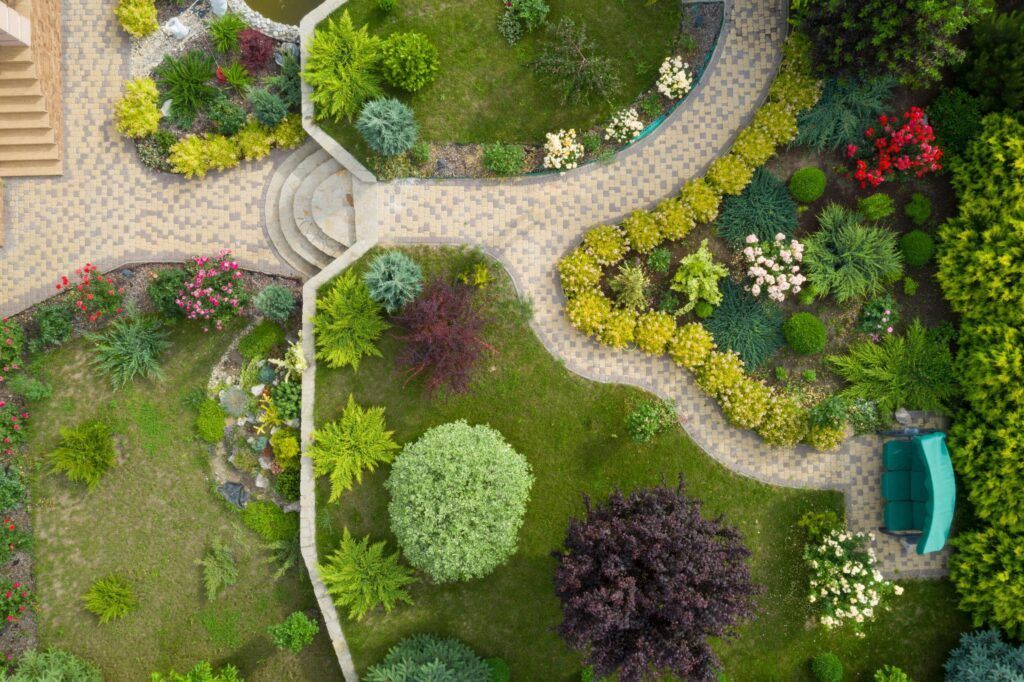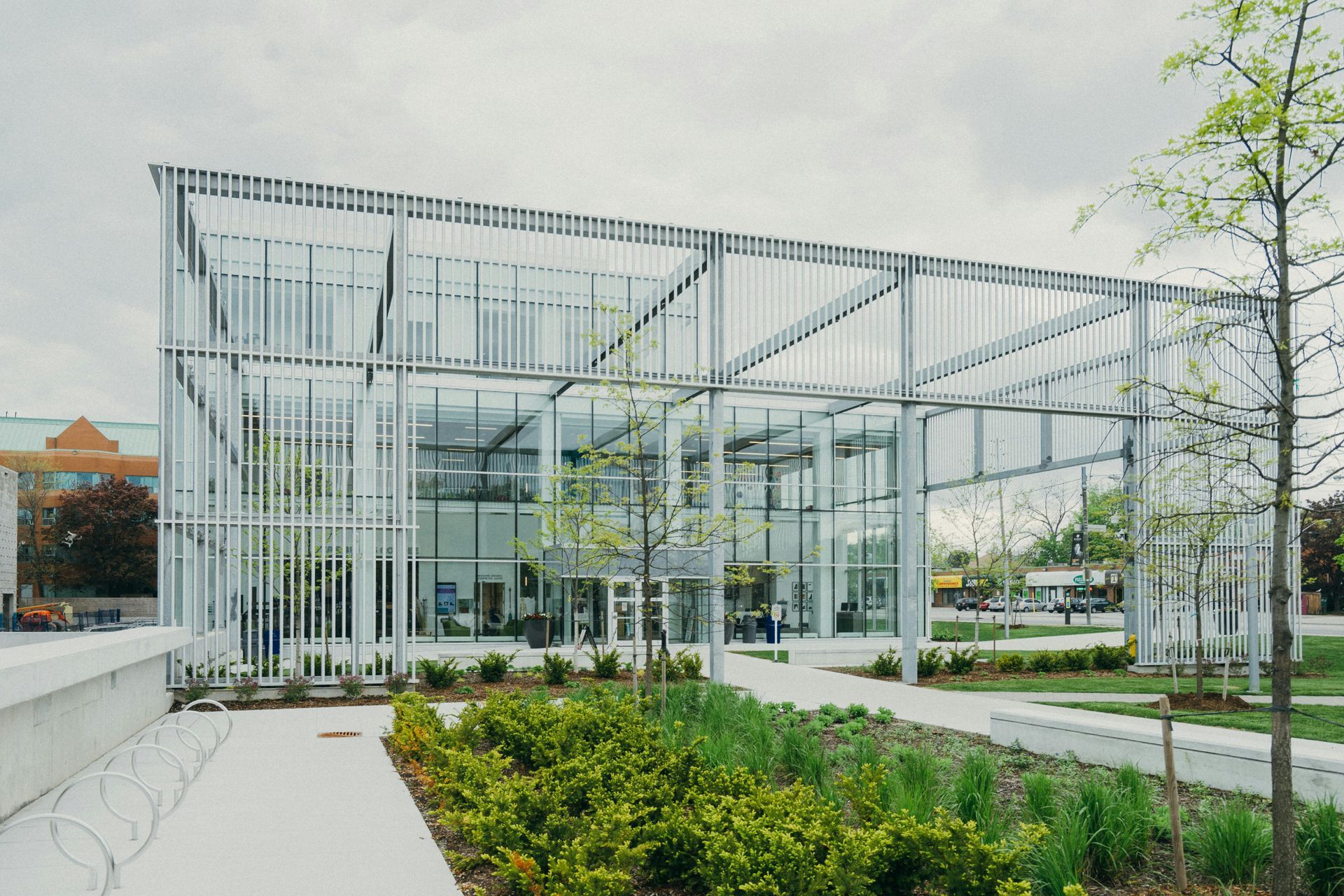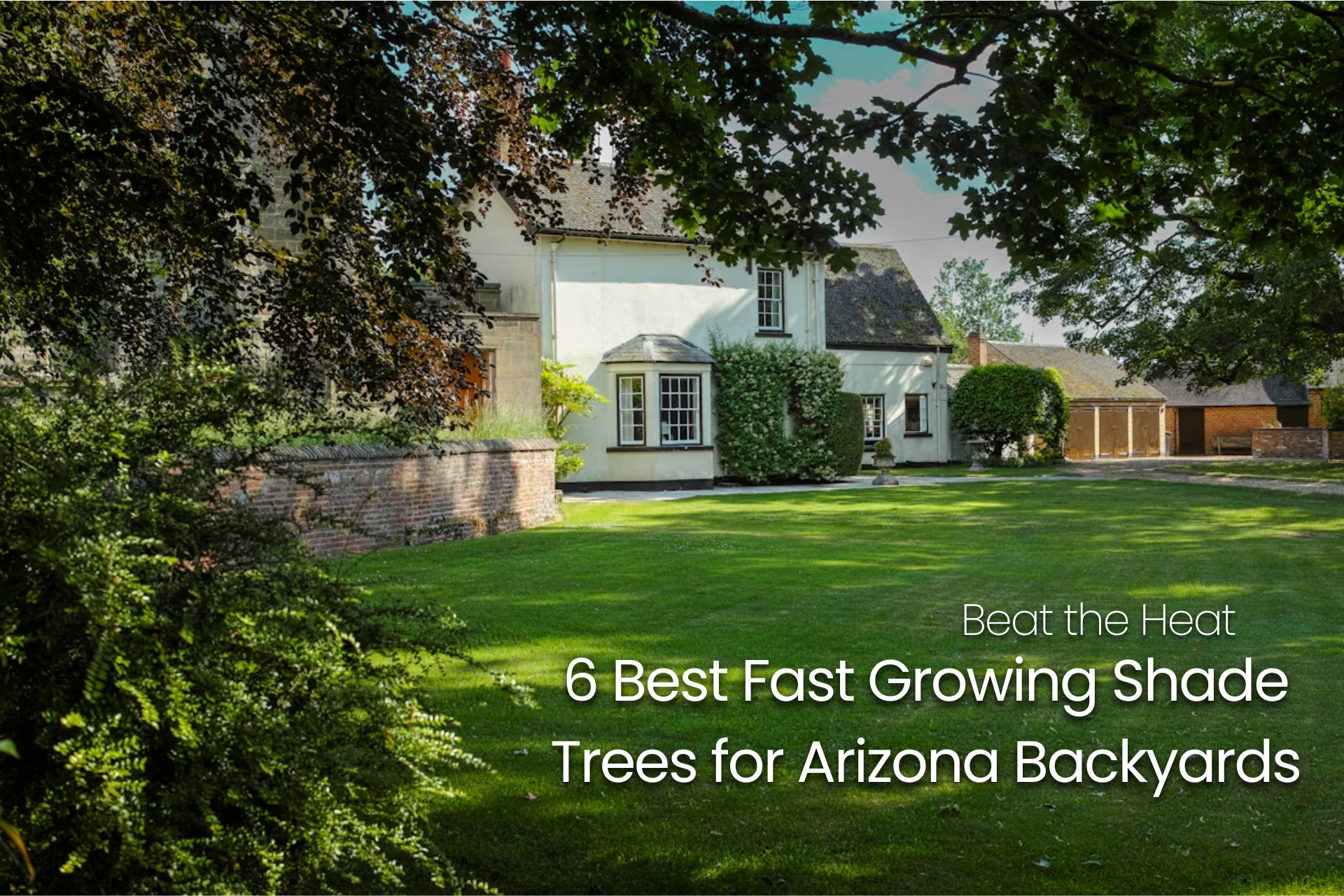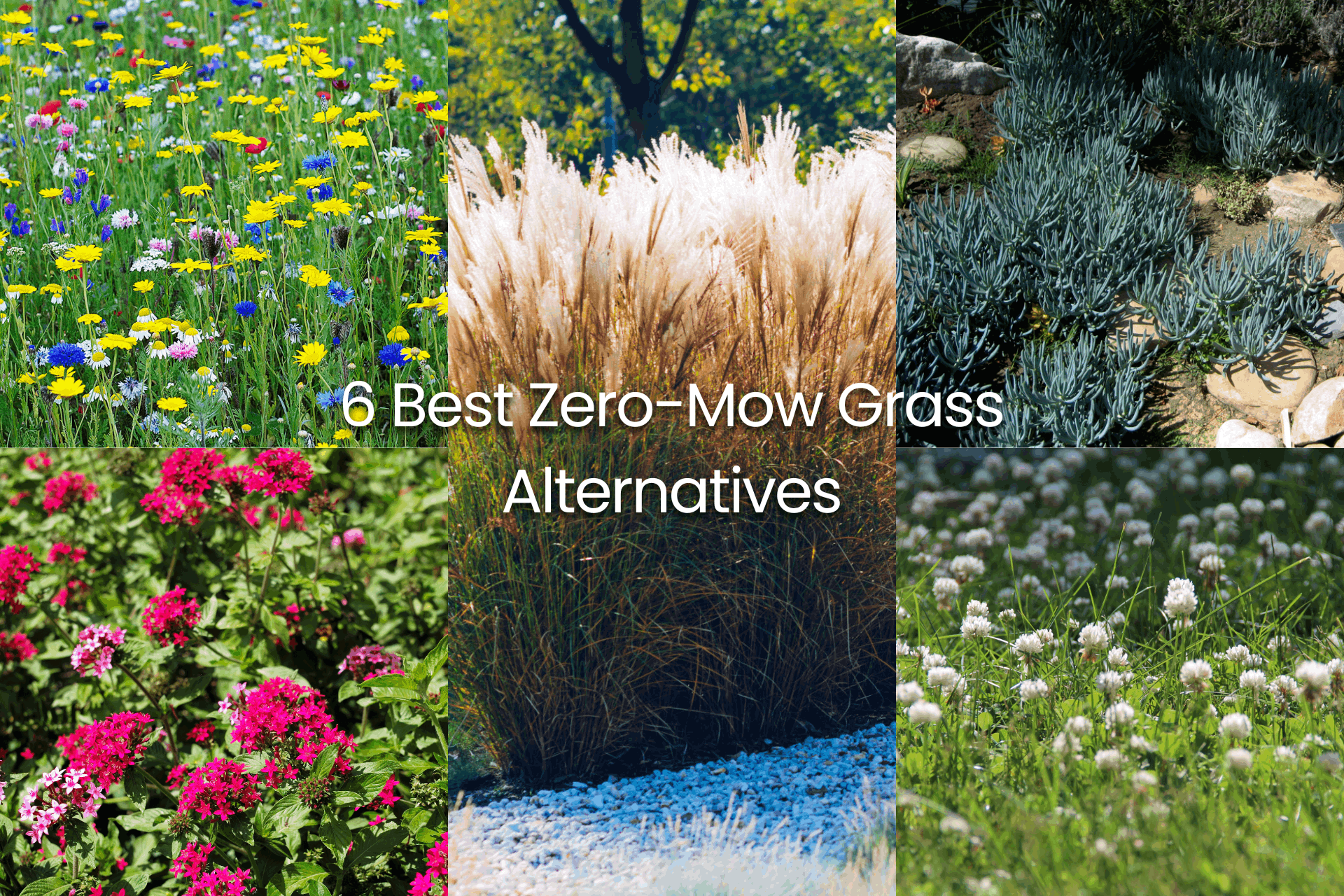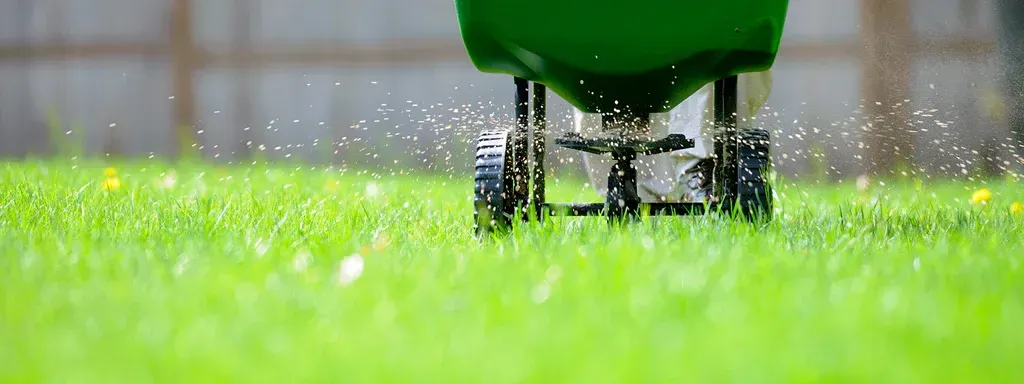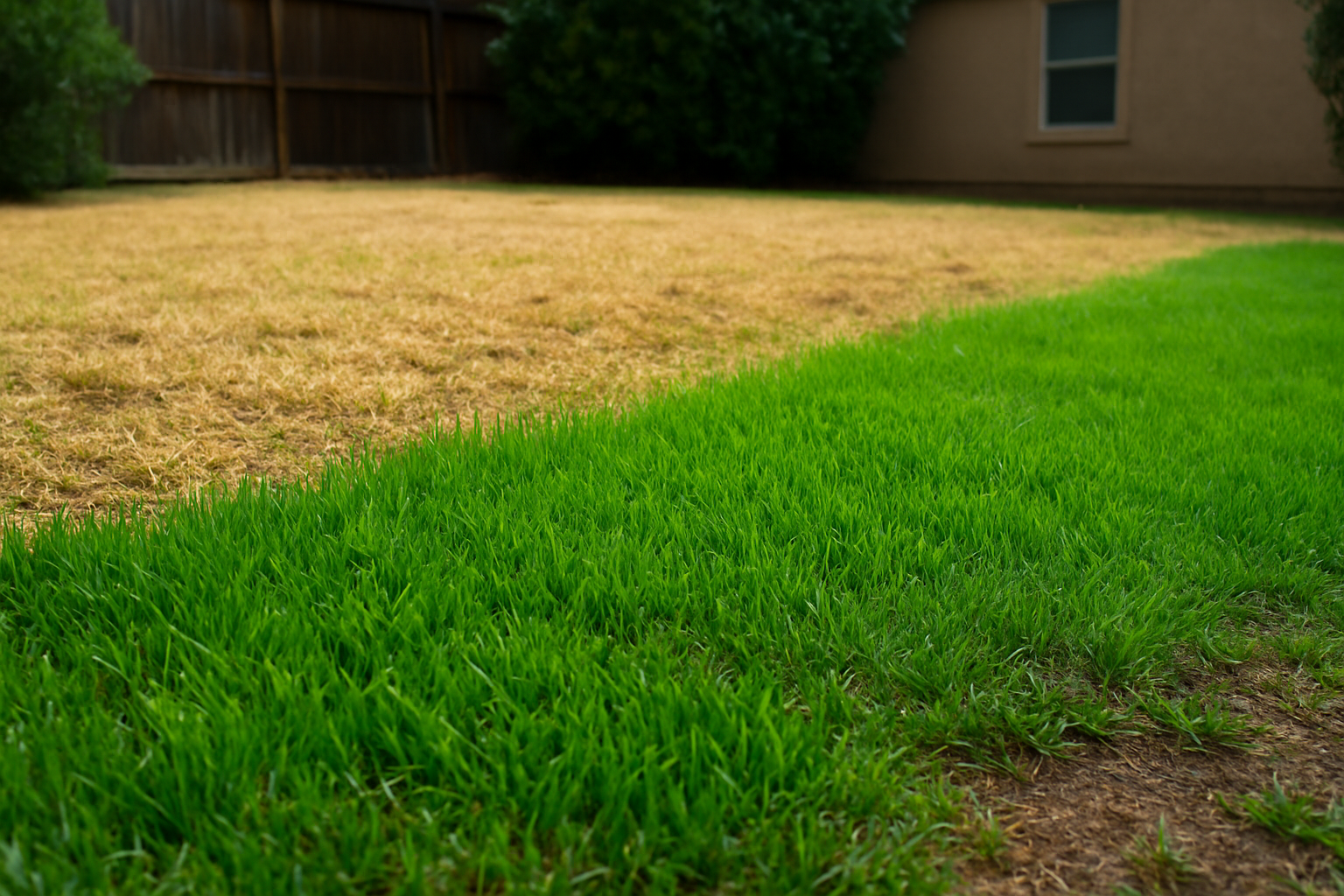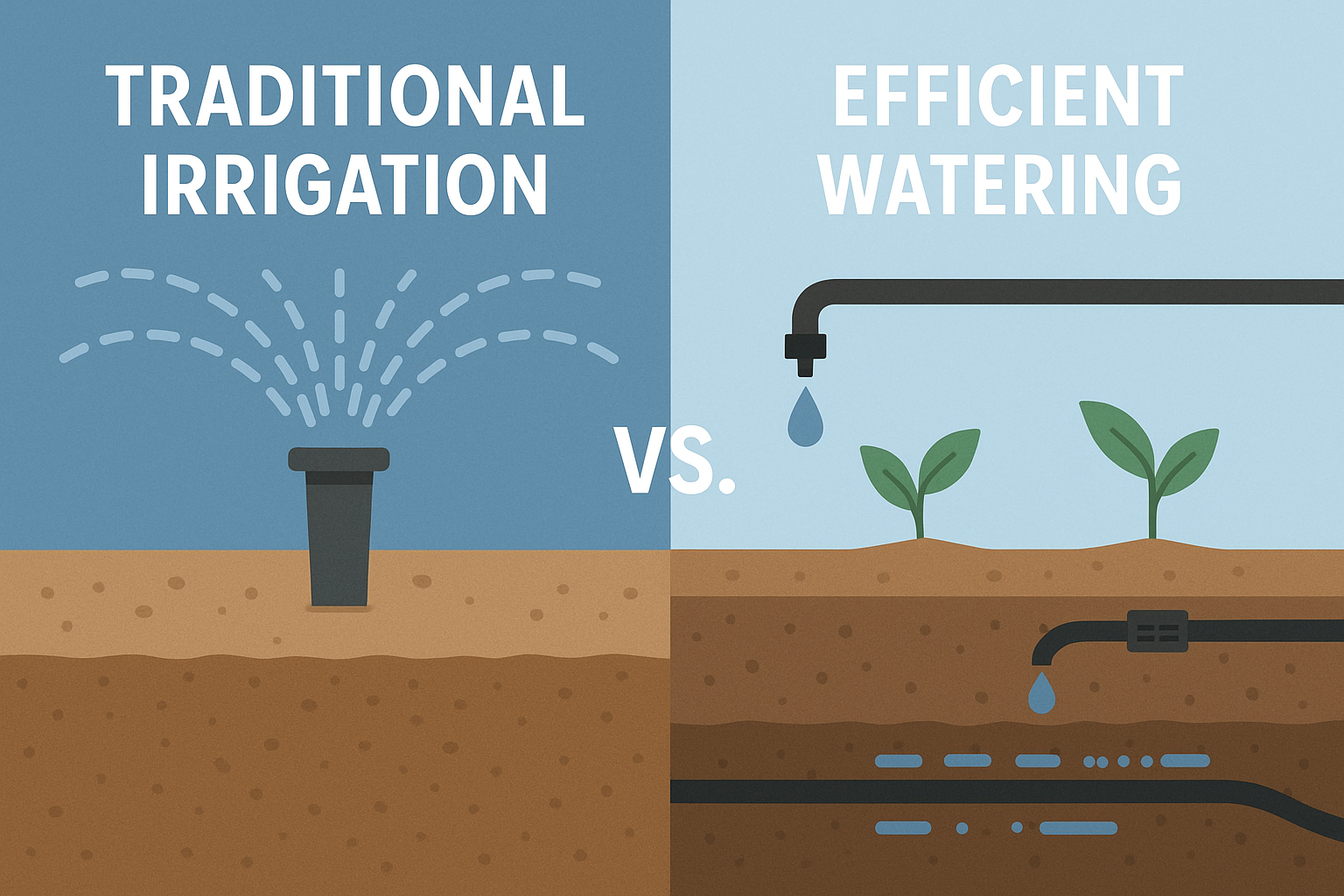

Soil Testing and pH Balancing
Fall is a great time to test the soil pH in Goodyear. Due to the desert’s alkaline soil, adjusting the pH balance can make a big difference in nutrient absorption for your grass. Adding amendments, such as sulfur, helps to balance the soil pH and optimize root growth over the winter. Soil testing ensures you’re giving your lawn exactly what it needs for long-term health.
How Can You Prepare Your Lawn for a Healthy Winter in Goodyear, Arizona? Seasonal Lawn Care Tips
As autumn arrives in Goodyear, Arizona, it’s the ideal time to give your lawn some seasonal care. Preparing now will ensure that your lawn remains healthy through the mild winter and rebounds strongly in the spring. Here are some unique tips tailored specifically for Goodyear’s climate and soil conditions
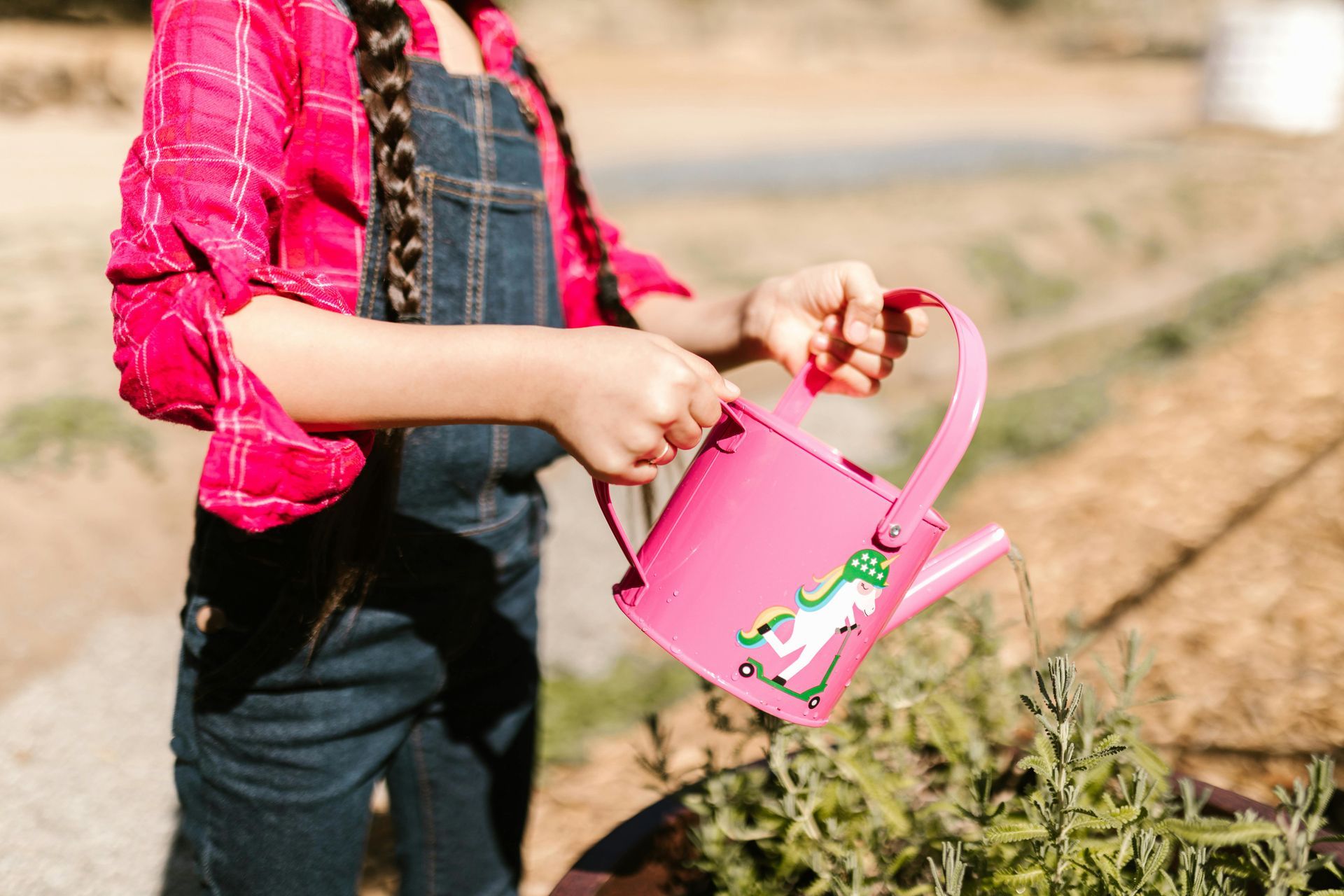
Transition to a Winter Watering Schedule
Arizona’s desert winters are cooler, so your lawn needs less frequent watering, but consistency is key. In Goodyear, transitioning to a winter watering schedule is essential. Water deeply but reduce frequency to around once every 10-14 days, depending on rainfall. Be sure to water in the early morning to prevent any potential frost from forming on blades overnight.
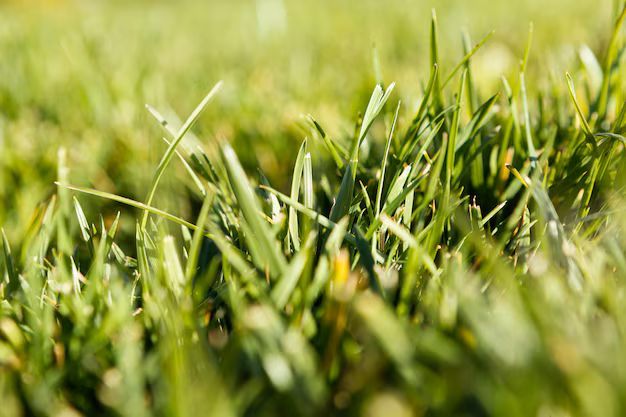
Introduce Drought-Resistant Ryegrass for Winter Color
Overseeding with drought-resistant ryegrass not only provides a lush, green look during the cooler months but also conserves water. Ryegrass varieties that are specifically bred for desert climates perform well in Goodyear, requiring less maintenance while providing a vibrant winter lawn. Ensure even seed distribution and water lightly for the first few weeks to encourage germination.
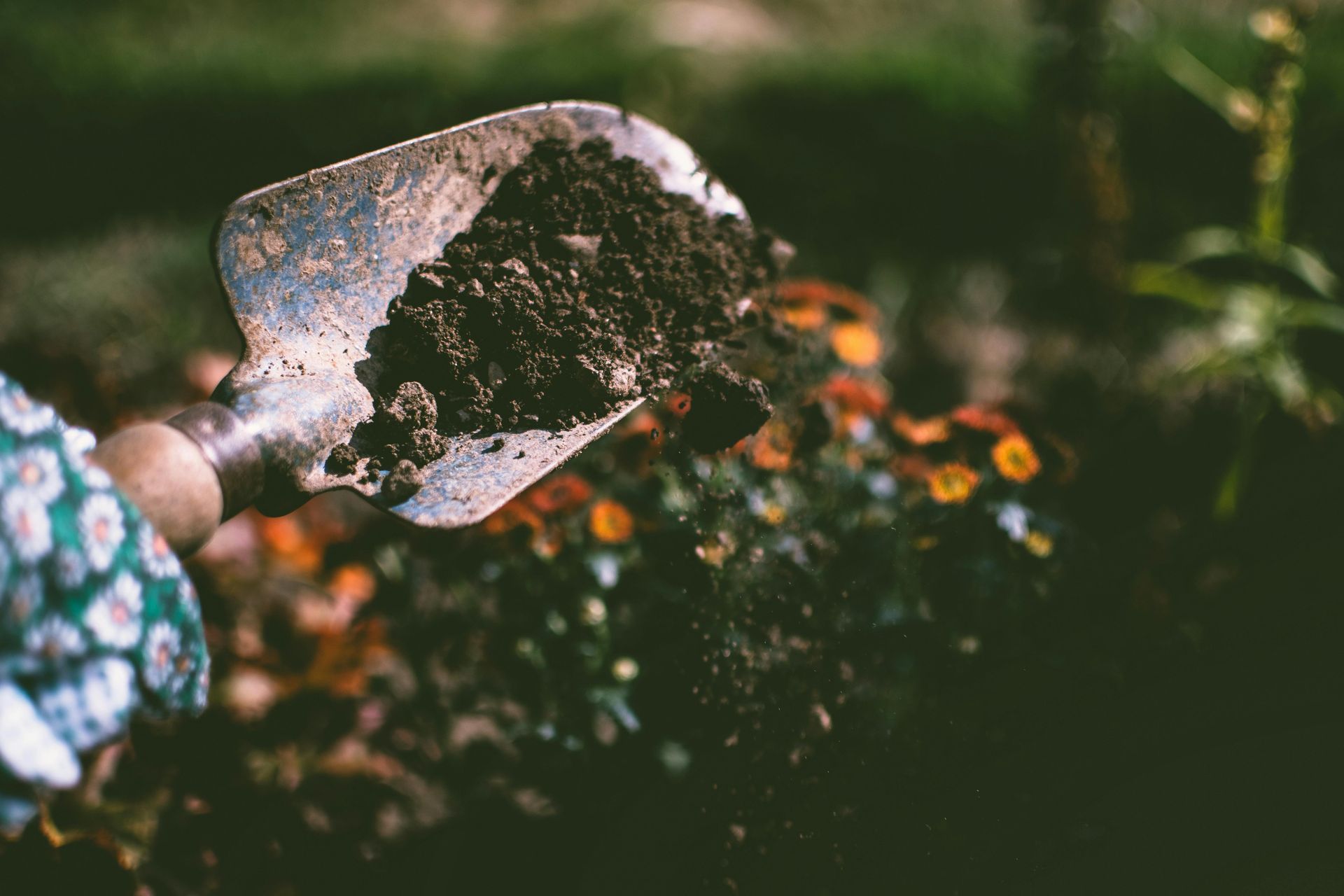
Compost to Enrich the Soil
Instead of relying solely on fertilizers, consider applying a thin layer of compost to your lawn in the fall. Compost enriches the soil, improving its structure and moisture retention capabilities. Spread a ¼-inch layer of compost across your lawn and gently rake it in to let nutrients settle into the root zone. This organic approach is especially effective in Goodyear, where soil can be naturally low in organic matter.
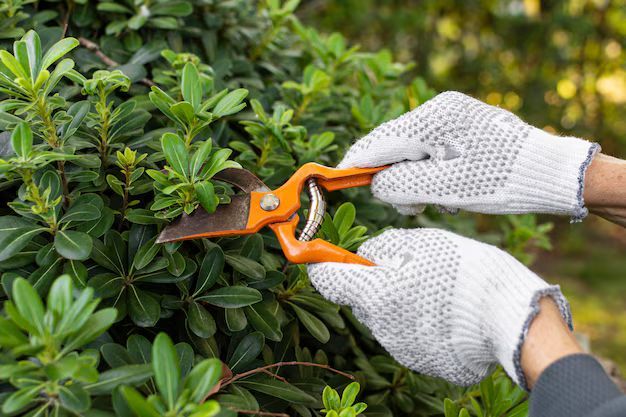
Prune Nearby Trees and Shrubs
Fall is also the time to trim back trees and shrubs around your lawn to allow more sunlight to reach the grass. Goodyear’s shorter winter days mean every bit of sunlight is valuable for your lawn’s health. Pruning also helps prevent branches from dropping debris or shading areas unevenly, keeping the lawn uniform and reducing the risk of pest infestations.
With these fall-specific lawn care strategies, you’ll be well-prepared for winter in Goodyear, Arizona. From soil testing to strategic pruning, each step supports a healthy lawn that’s ready to flourish in the spring. If you’re looking for professional support to get the job done,
Happy Clean Lawnscapes can help you prepare your Goodyear lawn for every season!
In Conclusion




